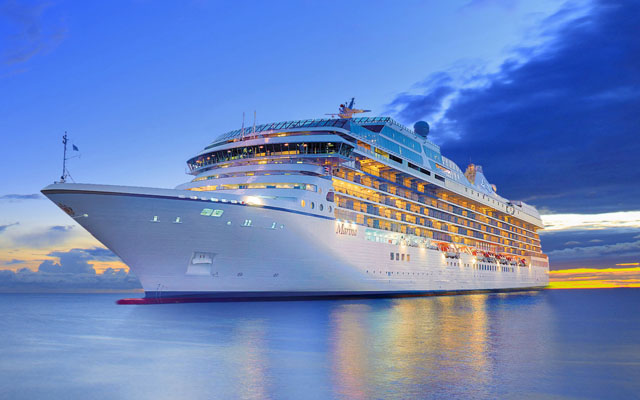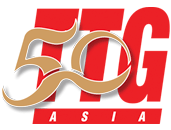Asian DMCs are eager to tap the lucrative Arab market, which is growing in quantity and quality
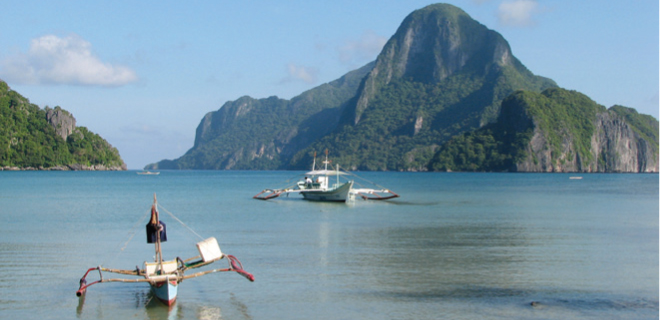
The Philippines
Marianne Carandang
New developments
The emergence of high-end resorts in the Philippines has been driving up demand among Arab clients, who like exclusivity.
New upscale developments, such as Misibis Bay in Legaspi and Bellarocca Island Resort and Spa in Marinduque, featuring villas, houses and private pools, are filling the gap in the accommodation sector, said Mary Ann Hildawa, sales manager, inbound division, Marsman Drysdale.
Visitors from the Middle East enjoy proximity to the “blue ocean and water” as well as vacations “in more relaxed attire”, added Angel Bognot, president, Afro-Asian World Events.
Riding on this, the Philippines Department of Tourism (DoT) will focus on raising awareness of the luxury resort and spa sector at the Arabian Travel Market (ATM). Later in the year, it will also introduce Puerto Princesa and Coron as new destinations for the market.
Growth prospects
The DoT has set growth targets for Saudi Arabia (15 per cent) and the UAE (20 per cent), its biggest source markets in 2011. Judging from an overwhelming number of enquiries from Dubai, Qatar and Kuwait for trips up to December, Bognot said Afro-Asian World Events was also expecting brisk business this year.
However, “there’s still a high incidence of business travel as compared to leisure travel”, said Kiko Lardizabal, who is heading DoT’s efforts for the Middle East.
Overall visitor numbers from the Middle East grew by 14.6 per cent last year from 48,716 in 2010. Visitors usually come with their families, staying between seven and 17 days in at least three resorts, starting from Manila, moving to Cebu or Bohol, and then Boracay or Davao.
Main source markets
Saudi Arabia and the UAE sent 22,214 and 12,734 visitors last year respectively. Saudi Arabia and Egypt are the fastest-growing markets, followed by Jordan, Qatar and the UAE.
Afro-Asian World Events, GSA for Etihad Airways, is cultivating Lebanon as an emerging market by wooing wholesalers, while its existing long-term partnerships with wholesalers in markets like the UAE are helping to bring in major contracts.
Iran is another potential market, but recent currency fluctuations have resulted in lost business for operators with bookings in the past few months.
DMC efforts
Ramadan promotions will target families and/or friends travelling together. Some companies, like Marsman Drysdale, are also homing into single markets such as Dubai and niche segments like expatriate families.

Malaysia
N. Nithiyananthan
New developments
Malaysia Airlines’ (MAS) flight pull-out from Dubai in January drew mixed reactions from the trade.
Asian Overland Services (AOS) Tours & Travel, director of sales, Andy Muniandy, cited the reduced flight connectivity to Malaysia as a major issue. “No other airlines serving the route are increasing their frequencies. Emirates adding an A380 is not going to make much of a difference. If other airlines add flights, there will be more passengers coming in from the region.”
On the other hand, Luxury Tours Malaysia senior manager, Arokia Das Anthony, did not view the loss of MAS as a major issue. Instead, he pointed out that this year’s dates for Ramadan presented a bigger concern for the company as the travel season from the Middle East had been “compressed into one month”, resulting in a smaller window to attract tourists.
However, Arokia was encouraged by several developments on the Malaysian front. He said: “Developments in Kuala Lumpur’s Bukit Bintang area, which make it look like a mini Dubai, are good for the market. With the ready availability of halal food, they love to come here. It is a family destination, and they can go anywhere.”
Growth prospects
AOS is hopeful of maintaining the same numbers as last year. Andy said: “People still want to travel here. There is talk of rescheduling school holidays to start earlier or later to facilitate greater travel. We will know the actual situation once we travel to the region for sales calls and the Arabian Travel Market (ATM).”
Luxury Tours’ Anthony added: “The length of stay of this market ranges from four days to two weeks, with the average stay at seven days.” He also expects to maintain last year’s volume.
Malaysia received 693,056 arrivals from the Middle East in 2011, a 0.3 per cent increase over 2010.
Main source markets
Saudi Arabia is AOS’ biggest source of travellers from the region, and Andy foresees that numbers will remain steady or increase. With Oman Air flying to Kuala Lumpur, the company anticipates a slight increase from the country. A slight pick-up from the UAE is also on the horizon as it recovers from last year’s recession, while Qatar has been stagnant, and Lebanon and Syria are expected to decline.
Luxury Tours will keep its focus on the UAE, where demand is expected to remain constant.
DMC efforts
Both AOS and Luxury Tours will be attending ATM, in addition to conducting sales calls in the Middle East.
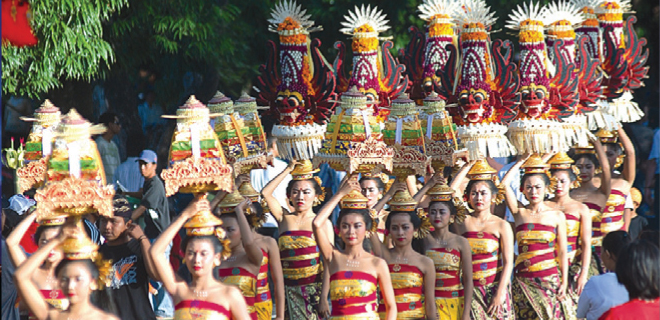
Indonesia
Mimi Hudoyo
New developments
Tourist spend among Middle Eastern travellers to Indonesia is on the rise.
Fokus Indonesia Tours sales and marketing manager, Anthony Johannes, said: “Arrivals from the Middle East have stabilised, but the quality of travellers is improving. More family and FIT travellers are now staying at four-star hotels although they used to book (hotels in) lower categories. Many have also booked five-star resorts or villas.” He added that the incentive market was also growing.
Unique Choice is also seeing increasing demand for luxury travel. Harti Hadisoemo, director of business development, Indonesia, said:“Travellers are more confident of Indonesia, choosing to stay at top-notch properties like the Bulgari Resort in Bali. The honeymoon market is also growing.”
Growth prospects
Based on increasing enquiries from Middle Eastern buyers, Unique Choice is expecting the market to expand this year. The growing interest from hotels to cater to this market is also reflective of positive sentiment, said Harti. Fokus Indonesia Tours, on the other hand, expects last year’s volume to hold steady, but the number of quality tourists to increase.
In addition, Umberto Cadamuro, director of operations and business development, Pacto, pointed out that online bookings were also on the uptrend. “Several new OTAs have emerged in the Middle East, and this will be our focus at the Arabian Travel Market,” he said.
Despite the rosy outlook, all inbound operators that TTG Asia spoke to agreed that Indonesia’s marketing efforts still lag behind neighbours Malaysia and the Philippines, resulting in a market performance that is below its real potential.
Main source markets
The markets of Saudi Arabia and the UAE are growing, with the former comprising a bigger share of arrivals. However, numbers from Iran have dropped dramatically for at least one DMC.
Vayatour Bali director, Hanafi Sastrawinata, said the depreciation of the Iranian rial against the US dollar had resulted in a 50 per cent reduction in business from the market.
DMC efforts
Vayatour Bali is “balancing the loss from the Iranian market by boosting promotions in other important markets such as Lebanon and Jordan”.
The company is also promoting Jakarta and Bandung to the Saudi Arabian market. Bandung, in particular, has new hotels and attractions like the Trans Studio Bandung theme park and shopping centre Bandung Supermal.
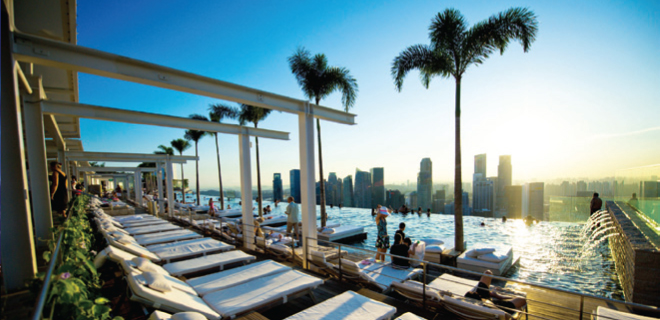
Singapore
Linda Haden
New developments
The fairly new integrated resorts are continuing to lure visitors from the Middle East, who are mainly attracted to family-friendly offerings and luxury accommodation.
Samson Tan, CEO, GTMC Holdings, said: “Middle Eastern tourists perceive the Marina Bay Sands hotel as a must-see icon that they have to stay in at least once in a lifetime. They are also enticed by Singapore’s excellent designer shop offerings.”
A sales staff from Pacific Arena who wanted to remain anonymous added that Singapore’s family-oriented attractions such as Resorts World Sentosa’s Universal Studios and the zoo were also key draws.
Growth prospects
While GTMC’s bookings from the Middle East grew by 15 per cent between 2010 and 2011, Pacific Arena saw flat growth. Comparatively, Singapore Tourism Board’s (STB) statistics show that visitor numbers from the Middle East rose by 5.3 per cent in 2011.
However, the rising costs of holidaying in Singapore could put a damper on growth. Said the sales staff from Pacific Arena: “Singapore’s exorbitant hotel room rates are keeping Middle Easterners away to some extent. Even though they are quite affluent and tend to opt for luxury properties, they are quite prudent and usually compare prices to justify spending.”
However, Tan remains optimistic. He expects this lucrative segment to record double-digit growth this year. “With brand new family-friendly attractions coming online, more Middle Eastern visitors will be tempted to visit Singapore,” he said.
Middle Eastern visitors stay an averageof four to five days in Singapore, according to groundhandlers that TTG Asia spoke to.
Main source markets
Most clients originate from the UAE, specifically Dubai and Abu Dhabi, said inbound operators dealing with Middle Eastern markets. This trend is also captured in STB’s statistics, which show that UAE visitors comprised about 41 per cent of all visitors from the Middle East in 2011.
DMC efforts
Both GTMC and Pacific Arena have developed packages targeted at families, who form the bulk of visitors from the Middle East. These incorporate child-friendly luxury accommodation and family attractions such as Universal Studios, Science Centre and Night Safari.
To market these packages, the companies are attending relevant tradeshows and taking out advertisements in Middle East-based media.
This article was first published in TTG Asia, April 20 issue, on page 18. To read more, please view our digital edition or click here to subscribe.







